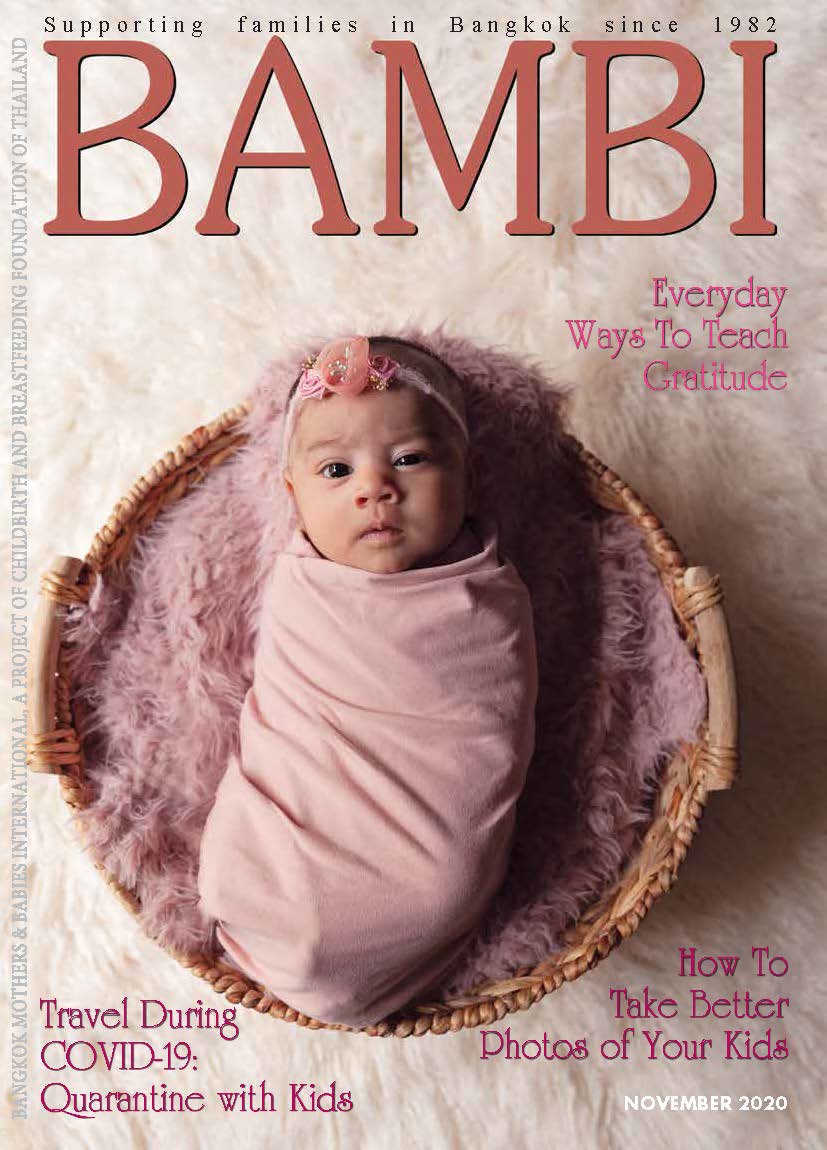Bathing a Newborn: Birthing Suite to Bath Tub
Why enrol your child in infant swimming?
There are many conflicting opinions on this topic. Our answer is based on many years of teaching swimming to infants and research from Australia and the UK combined.
First and foremost is the safety aspect which applies in every country, but especially Thailand. Giving your child the skill to save itself we see as the most important reason. Recognising that there is a swimming pool in nearly every house or condo block, which is most likely not fenced, teaching your child to swim to the side of the pool could save his/her life. Your infant swimming goal should be that your child can swim to the side if they were to fall into the pool by approx 24 – 30 months.
During 6 – 18 months, physical & mental development is at its most obvious. Learning to walk, climb, understand and talk are all challenges for the child. Taking these challenges into the pool learning environment adds for another healthy, natural, fun thing to do. Each class can be an interactive recreational activity with your child in a new and exciting liquid environment. In this medium you can bond with your child face to face. Often Dads gets involved in swimming lessons and it’s the “me & dad” activity for the week.
The lesson should be structured for the best benefit to your child and promote learning to swim through song and games especially in the 6 to 18 month age group.
At home you can encourage “getting ready” for swimming lessons from birth. Don’t be scared to pour a little sprinkle of water onto your baby’s head and let it roll down their face – they won’t like it at first. There is no need to wipe splashes of water off your baby’s face as it happens, it gets them uses to the feeling.
Encouragement of confidence and independence can start at any age, however the earlier the better. During the 6-18 month stage a growth spurt of self confidence happens as a result of the child’s ability to move about and master their environment. Looking for recognition of achievement is natural and being encouraging when an achievement of any size is made promotes a healthy self esteem in children. Learning to master the water, fear of the water or independence in the water deserves encouragement and therefore can promote a good self esteem
Children learn to socialize (or perform for an audience) at an early age, although children generally do not ‘play’ with other children under 2 years. Learning to work or share with new faces and other children can help develop social skills needed for life.
When organizing lessons for your baby look for a qualified, reputable swim school. Ask about qualifications of the school’s staff. Take a look at the cleanliness of where the swim lessons are being held. The most beneficial environment to learn swimming is a heated, salt water pool. Baby’s cannot regulate their own body temperature so a heated environment is a happy one.
Finally, the smooth and fluid exercise that swimming brings relaxes many infants and toddlers resulting in uninterrupted healthy naps.



